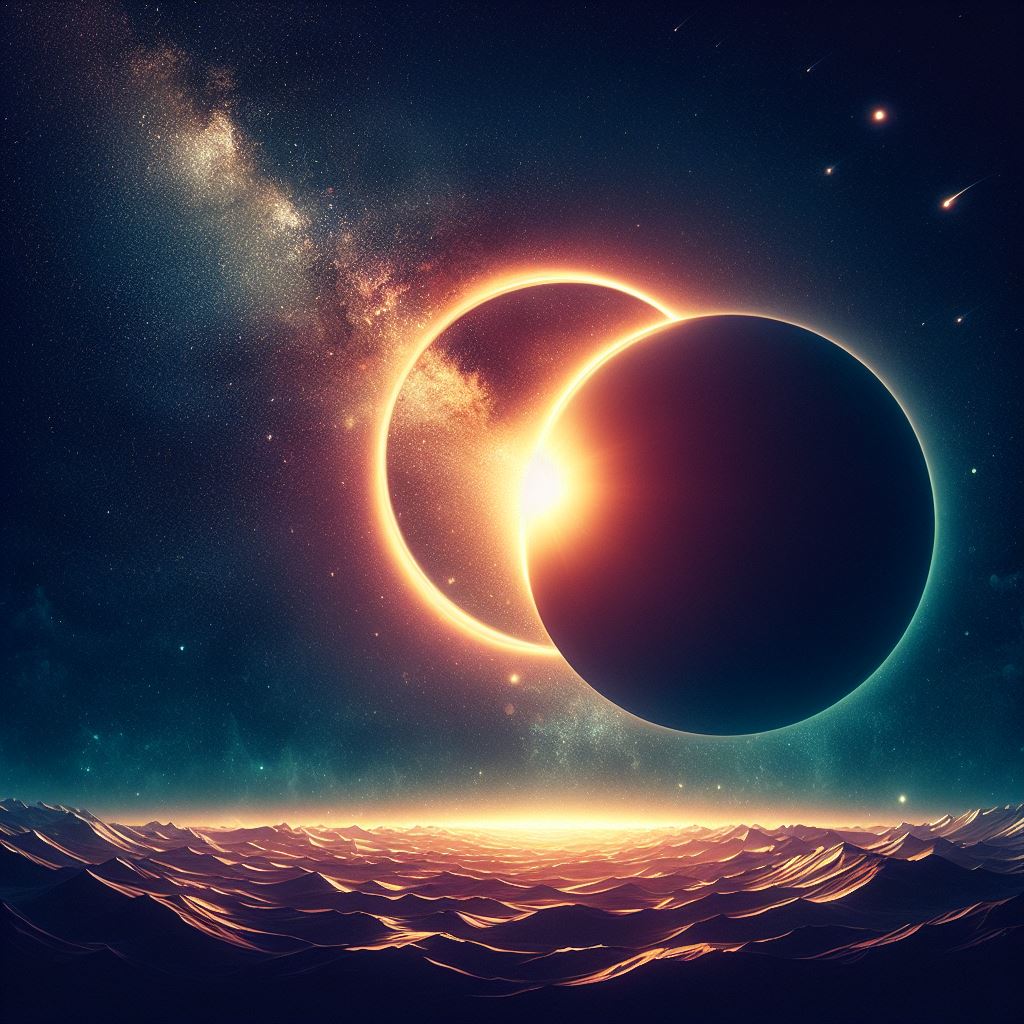Unveiling the Mysteries of Astronomical Phenomena: Exploring Extraordinary Events in the Universe
Introduction:
The universe is a stage where extraordinary events unfold, captivating our imagination and igniting our curiosity. From the dazzling explosion of supernovae to the enigmatic bursts of gamma rays, the cosmos never fails to astound us with its wonders. In this blog, we embark on a journey through the vast expanse of space to unravel the secrets behind some of the most remarkable astronomical phenomena, including supernovae, gamma-ray bursts, neutron stars, and cosmic collisions.
Supernovae: The Celestial Fireworks:
Supernovae, the spectacular explosions of dying stars, are among the most awe-inspiring events in the universe. These cosmic fireworks occur when massive stars reach the end of their lives and can no longer sustain nuclear fusion in their cores. The collapse of the star's core triggers a violent explosion, releasing an immense amount of energy and shining brighter than entire galaxies for a brief period.
Gamma-Ray Bursts: The Universe's Most Energetic Events:
Gamma-ray bursts (GRBs) are fleeting but mighty explosions that release intense bursts of gamma-ray radiation, the universe's most energetic form of light. These cosmic firecrackers can outshine entire galaxies and emit more energy in a few seconds than the Sun will over its entire lifetime.
GRBs are classified into two main categories: long-duration bursts, which last for several seconds to minutes and are associated with the collapse of massive stars, and short-duration bursts, which last for less than two seconds and are thought to originate from the merger of compact objects such as neutron stars or black holes.
Despite their fleeting nature, gamma-ray bursts provide valuable insights into the early universe, serving as signposts of the most distant and energetic events ever observed. They also serve as cosmic laboratories for testing the fundamental laws of physics under extreme conditions.
Neutron Stars: The Dens of the Universe:
Neutron stars are the remnants of massive stars that have undergone supernova explosions. These extraordinary objects are incredibly dense, packing the mass of a few suns into a sphere with a diameter of only about 10 kilometers (6 miles). As a result, a teaspoonful of neutron star material would weigh as much as a mountain on Earth.
Neutron stars exhibit a variety of fascinating phenomena, including pulsars, which are rapidly rotating neutron stars that emit beams of radiation from their magnetic poles, creating a lighthouse-like effect observed as regular pulses of radiation.
These cosmic beacons provide astronomers with valuable tools for studying the fundamental properties of matter under extreme conditions, testing Einstein's theory of general relativity, and probing the mysteries of the universe.
Cosmic Collisions: The Dance of Galaxies:
Cosmic collisions occur when galaxies interact and merge due to gravitational forces, leading to spectacular displays of cosmic fireworks. These collisions can trigger a burst of star formation, fuel the growth of supermassive black holes at the centers of galaxies, and reshape the universe's structure.
One of the most dramatic outcomes of cosmic collisions is the formation of gravitational wave events, which occur when two massive objects such as black holes or neutron stars spiral inward and merge, emitting ripples in the fabric of spacetime known as gravitational waves.
These gravitational wave events provide astronomers with a new window into the universe, allowing them to observe phenomena that are invisible to traditional telescopes and offering insights into the nature of gravity, the properties of black holes, and the evolution of galaxies.
Conclusion:
Astronomical phenomena such as supernovae, gamma-ray bursts, neutron stars, and cosmic collisions represent some of the most extraordinary events in the universe, unveiling the hidden secrets of the cosmos and pushing the boundaries of our understanding. By studying these cosmic phenomena, astronomers continue to unravel the mysteries of the universe and deepen our appreciation of its beauty and complexity. As we peer deeper into the cosmos, we are reminded of the boundless wonders that await us and the endless possibilities for discovery that lie beyond the stars

Comments
Post a Comment